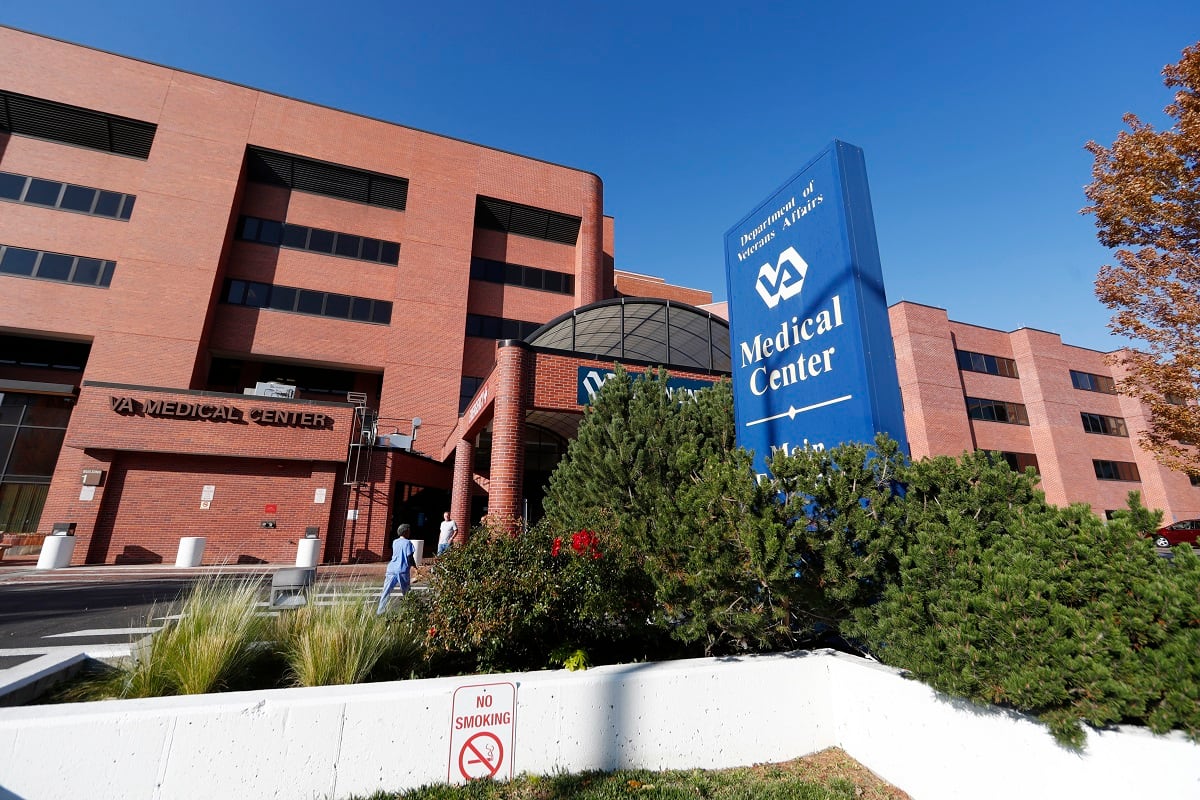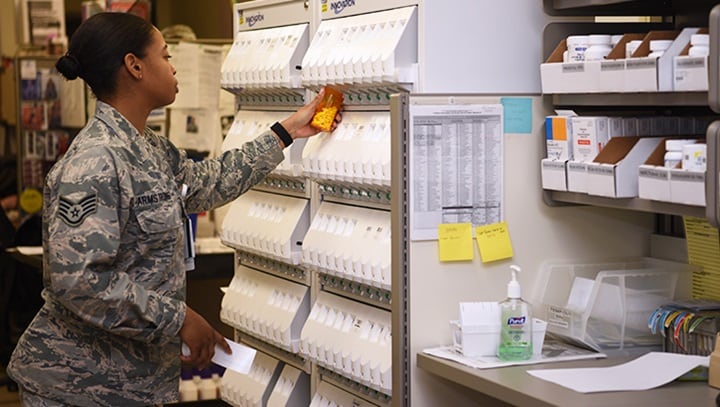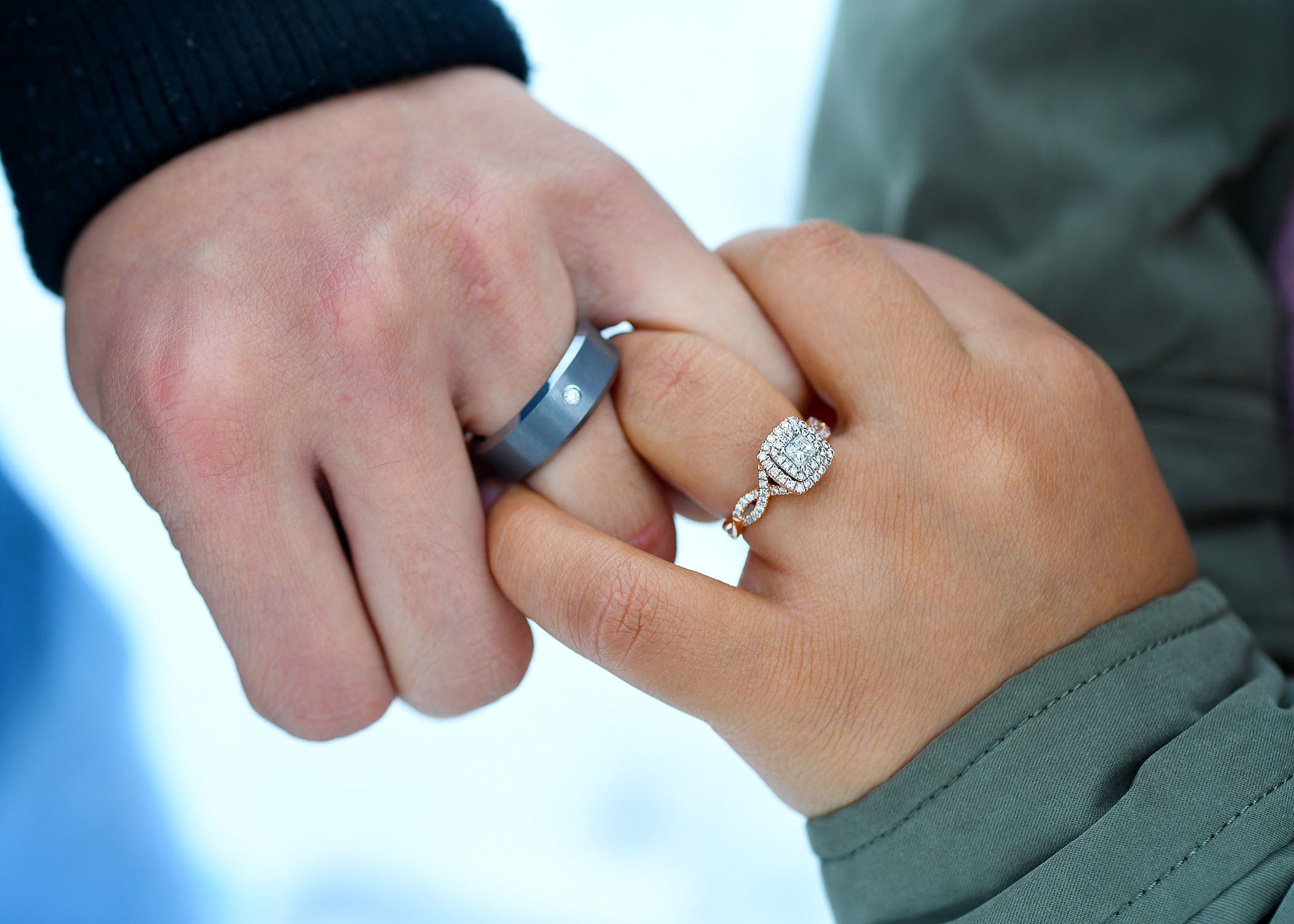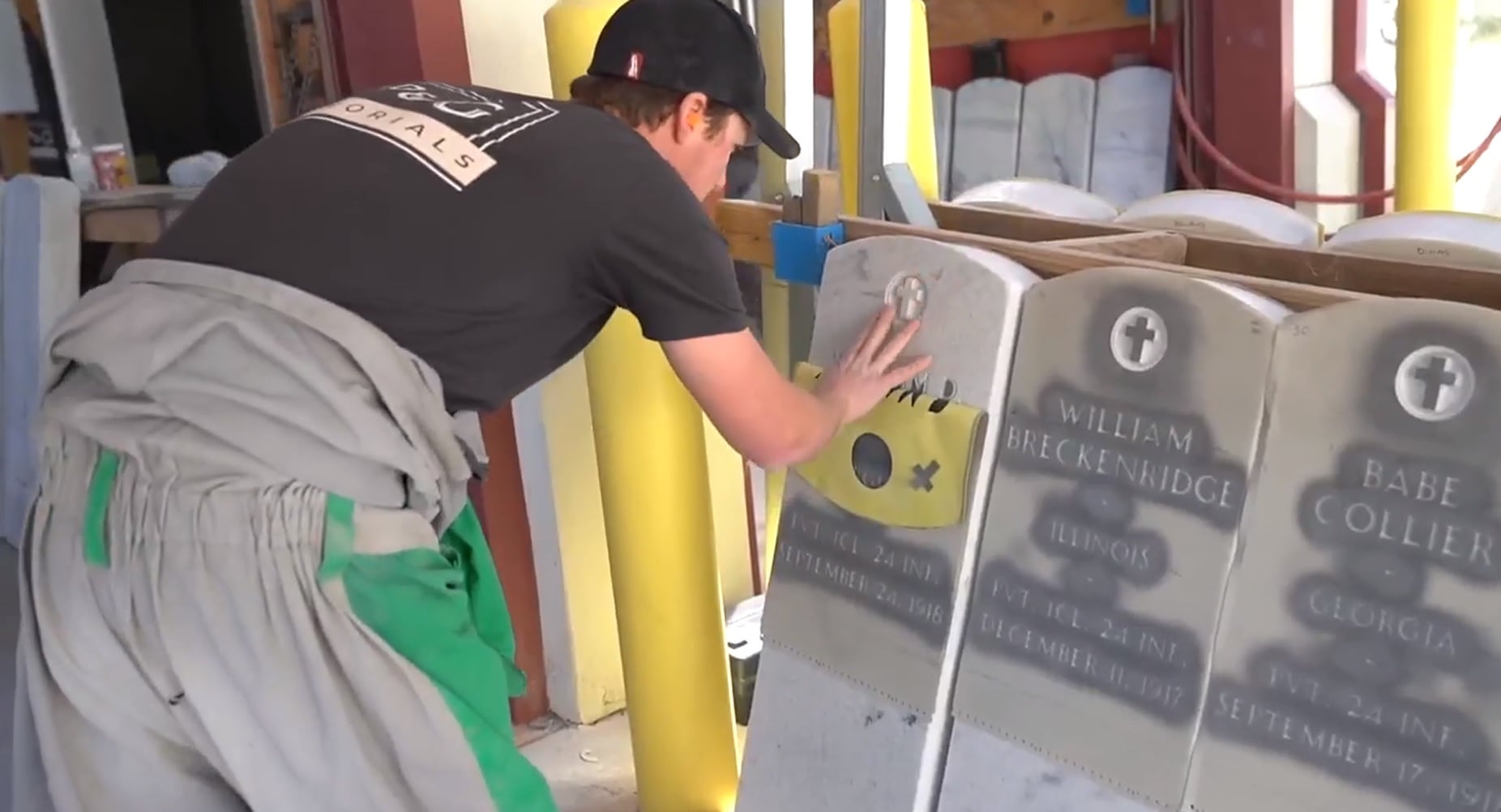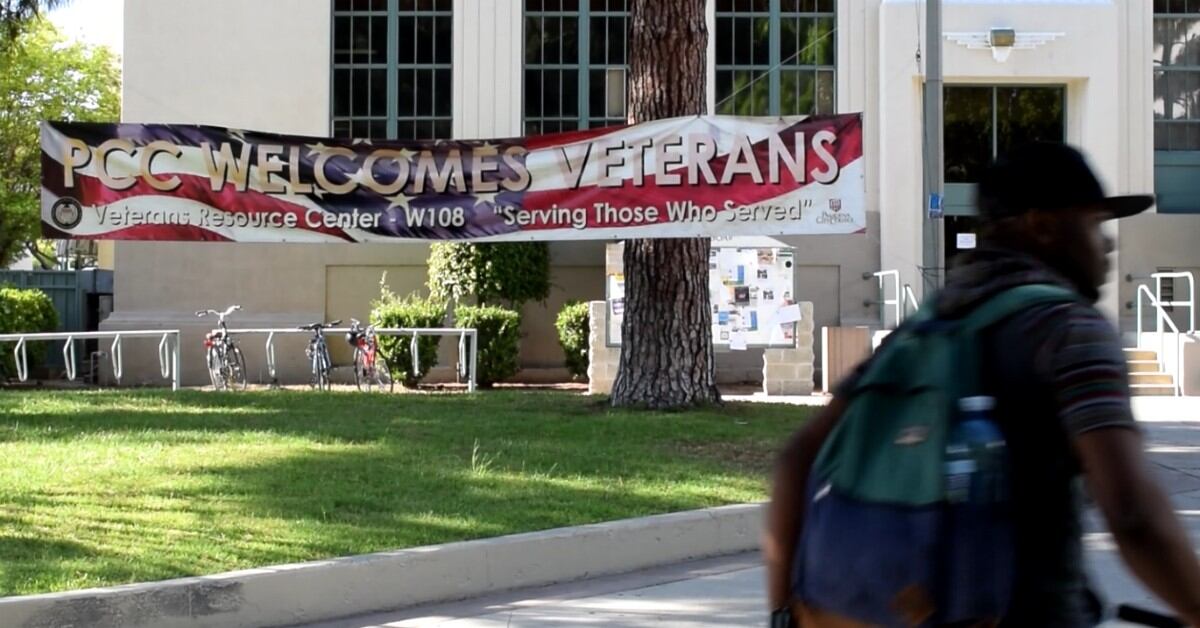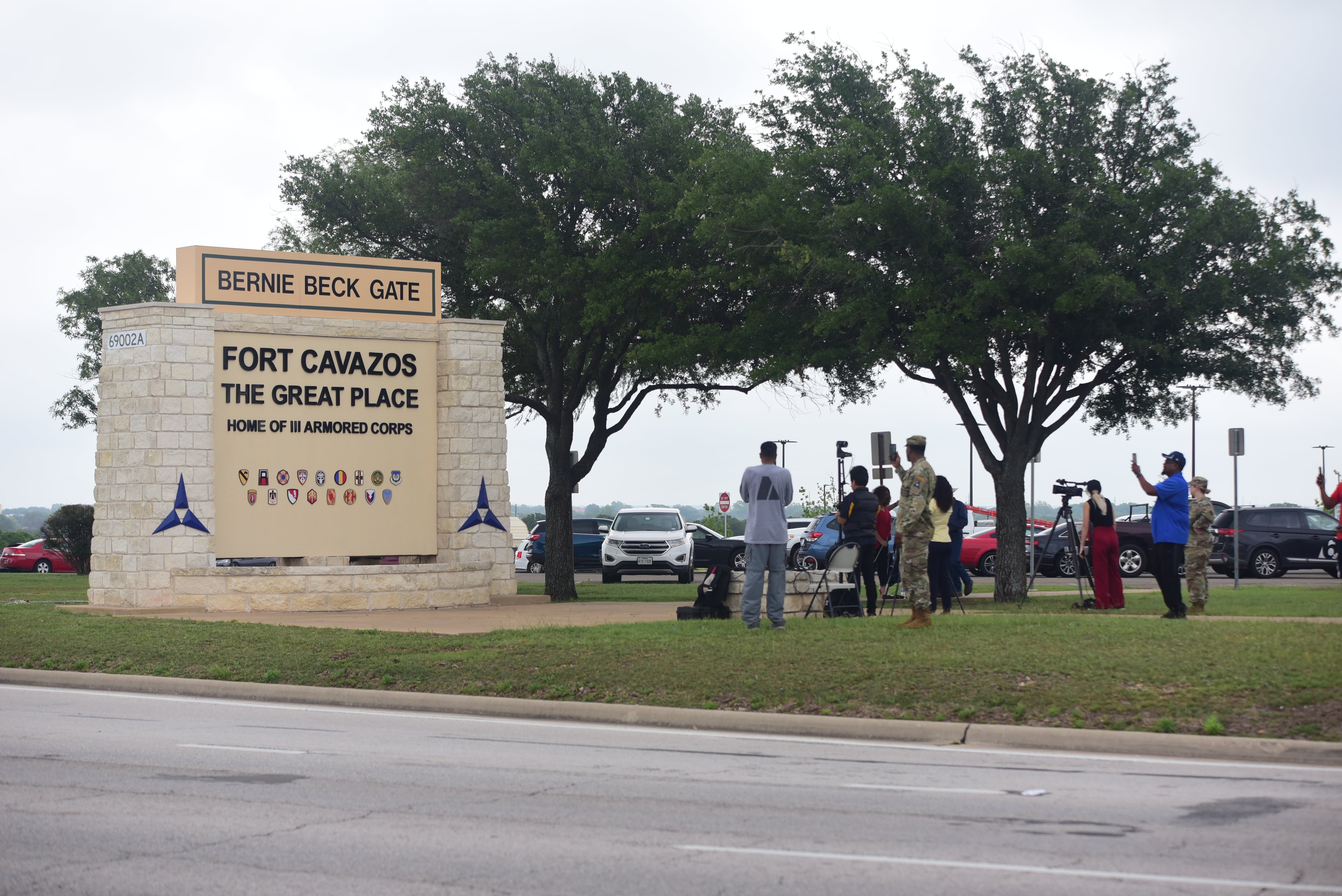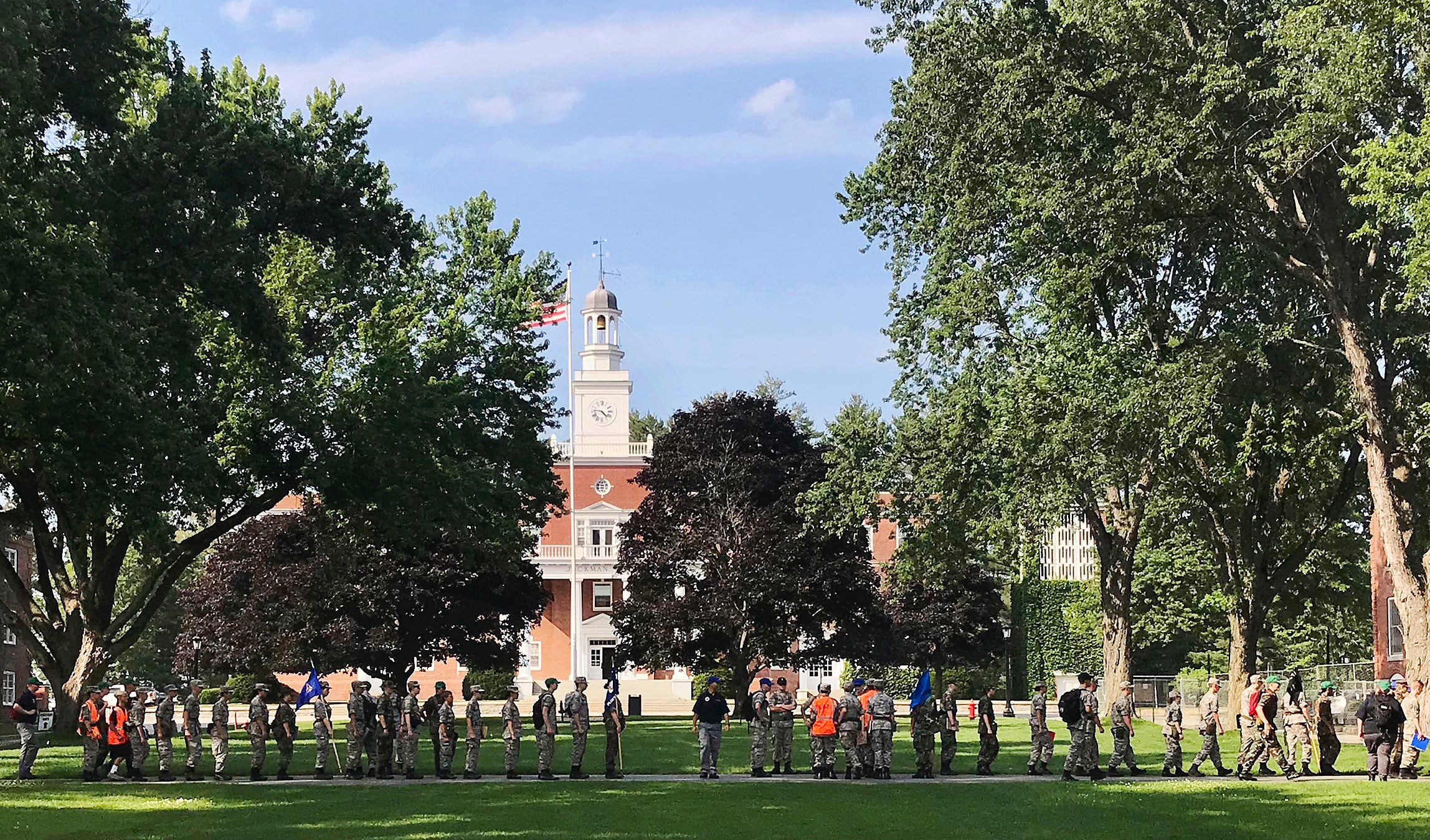Two veterans in Georgia took their own lives this past weekend, in separate incidents, each in front of a Veterans Affairs facility.
The first incident occurred Friday in a parking lot outside the Carl Vinson Veterans Affairs Medical Center in Dublin, Georgia.
The second, which occurred just one day later, reportedly involved a 68-year-old who shot himself outside the Atlanta VA Medical Center, the Atlanta Journal-Constitution reported.
The VA has not released the identities of those involved or any additional details of the incidents.
“This incident remains under investigation and we are working with the local investigating authorities,” an email from the VA, obtained by the AJC, said. “The family has been contacted and offered support.”
The two suicides signal a continuation of an alarming trend of veterans taking their own lives on VA campuses.
Between October 2017 and November 2018, 19 veterans died by suicide on the grounds of VA medical facilities, according to a report from the Washington Post.
Many believe these grisly incidents are final acts of protest by former service members who feel the country they served turned its back on them.
In December, Marine Col. Jim Turner, 55, put on his service uniform, drove to the Bay Pines Department of Veterans Affairs, and shot himself outside the medical center.
Investigators discovered a note next to his body.
“I bet if you look at the 22 suicides a day you will see VA screwed up in 90 percent,” it read.
Georgia, meanwhile, has experienced its share of gruesome forms of protest — in addition to the two suicides this past weekend.
In June, 58-year-old John Michael Watts, of Mableton, Georgia, set himself on fire outside of the Georgia state Capitol building in downtown Atlanta to protest insufficient treatment by VA.
RELATED

Watts stood outside the Capitol building with fireworks strapped to his body before dousing himself with a flammable liquid and self-immolating.
As the nightmarish scene unfolded, a nearby police officer rushed toward the veteran with a fire extinguisher in hand to smother the inferno.
Watts was subsequently rushed to a hospital with burns to 85 to 90 percent of his body. He died less than a week later.
“Suicide prevention is VA’s highest clinical priority,” a VA statement said in response to the two recent incidents.
“We are working alongside dozens of partners ... to deploy suicide prevention programming that supports all current and former service members — even those who do not come to VA for care.”
Despite the proclaimed prioritization, the VA came under intense scrutiny in December when a Government Accountability Office study revealed that of its $6.2 million budget to use on suicide prevention media outreach, only $57,000 was spent.
Additionally, sharing information about suicide prevention on social media reportedly dropped significantly between FY17 and FY19.
During that same span, not one VA-produced suicide prevention message or advertisement was aired on national television or radio.
“At a time when 20 veterans a day still die by suicide, VA should be doing everything in its power to inform the public about the resources available to veterans in crisis,” Rep. Tim Walz, D-Minn., said in December.
“Unfortunately, VA has failed to do that, despite claiming the elimination of veteran suicide as its highest clinical priority.”
From 2015 to 2016, the rate of suicides for veterans between the ages of 18 and 34 increased over 10 percent to 45 per 100,000, according to figures released by the VA.
That rate remains the highest of any age group.
J.D. Simkins is the executive editor of Military Times and Defense News, and a Marine Corps veteran of the Iraq War.
